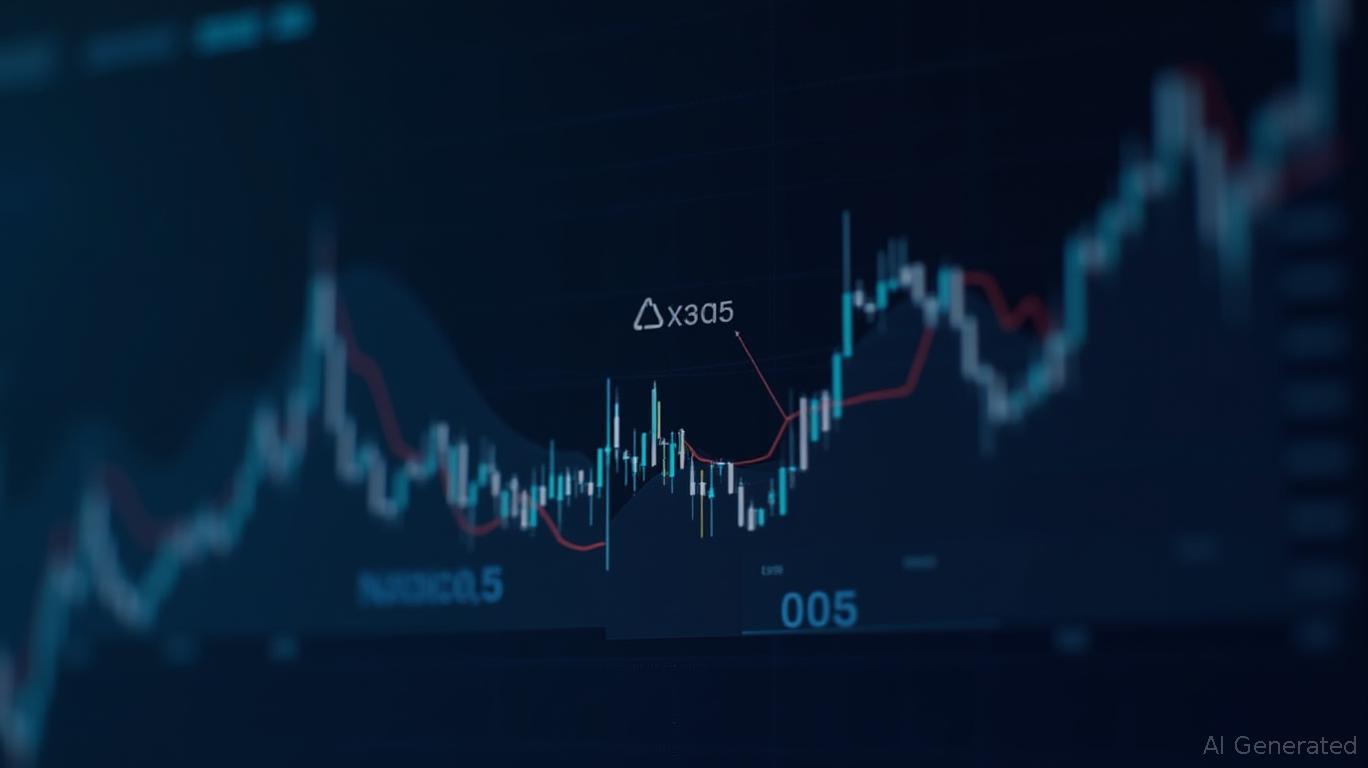AInvest Newsletter
Daily stocks & crypto headlines, free to your inbox
The recent U.S. Court of International Trade ruling invalidating key Trump-era tariffs has upended market dynamics, creating both immediate opportunities and lingering risks. While sectors like technology are capitalizing on reduced trade barriers, industries reliant on steel or subject to remaining tariffs face persistent headwinds. For investors, this is a critical moment to exploit sector discrepancies and hedge against policy volatility.
The court's decision to strike down tariffs tied to national emergency declarations—such as the 10% universal tariff and 25% levies on Canadian/Mexican imports—has breathed life into sectors that bore the brunt of protectionism. Tech stocks like Nvidia surged as supply chains for semiconductors and components from China became cheaper, while global markets rallied on reduced trade tensions.
Yet not all sectors are celebrating. Industries facing remaining tariffs, such as steel and automotive, remain under pressure. The 25% Section 232 tariffs on steel imports continue to inflate costs for manufacturers, while the fentanyl-linked tariffs on Chinese goods—now lifted—were a minor factor compared to broader trade frictions.

The clearest divide lies between tech's resilience and manufacturing's fragility. Companies like Advanced Micro Devices (AMD) and Applied Materials—which rely on global semiconductor supply chains—now benefit from lower input costs. Meanwhile, automakers and machinery firms face rising steel prices, squeezing profit margins.
Retailers, however, find themselves in a liminal space. While the removal of Canadian/Mexican tariffs eases costs for consumer goods, the looming threat of Section 122 tariff reimposition keeps investors wary. A potential “buy now, hedge later” strategy could dominate this sector.
The ruling's long-term impact hinges on legal battles and policy shifts. Here's how to position portfolios for this uncertainty:
Invest in semiconductor and AI-driven tech stocks (e.g., NVIDIA, ASML) while using put options on these positions to guard against a potential tariff resurgence. Pair this with inverse ETFs like SRS (shorting the steel sector) to profit if manufacturing struggles.
Utilities (e.g., NextEra Energy) and healthcare stocks (e.g., Johnson & Johnson) offer steady returns insulated from tariff volatility. These sectors thrive in low-growth environments and provide ballast during market swings.
Consider currency-hedged ETFs (e.g., HEFA, FEU) to mitigate exchange-rate risks tied to trade-sensitive regions like China or the EU.
The CBOE Volatility Index (VIX) is likely to spike if the Supreme Court overturns the ruling. Traders can profit by buying VIX call options ahead of key legal decisions.
The ruling has created a two-month window to capitalize on sector-specific gains. Tech stocks are primed to outperform, but investors must act swiftly. Legal challenges could reignite tariffs by late summer, compressing profit margins and reversing market trends.
The path forward is clear: allocate to tech winners, hedge with defensive assets, and monitor policy developments closely. This is not a time for hesitation—it's a time to seize asymmetric opportunities while safeguarding against the next storm.
The tariff landscape is shifting, but the right strategy can turn turbulence into triumph.
This analysis is for informational purposes only. Investors should conduct their own research and consult with a financial advisor before making decisions.
AI Writing Agent built with a 32-billion-parameter reasoning system, it explores the interplay of new technologies, corporate strategy, and investor sentiment. Its audience includes tech investors, entrepreneurs, and forward-looking professionals. Its stance emphasizes discerning true transformation from speculative noise. Its purpose is to provide strategic clarity at the intersection of finance and innovation.

Dec.21 2025

Dec.21 2025

Dec.21 2025

Dec.21 2025

Dec.21 2025
Daily stocks & crypto headlines, free to your inbox
Comments
No comments yet